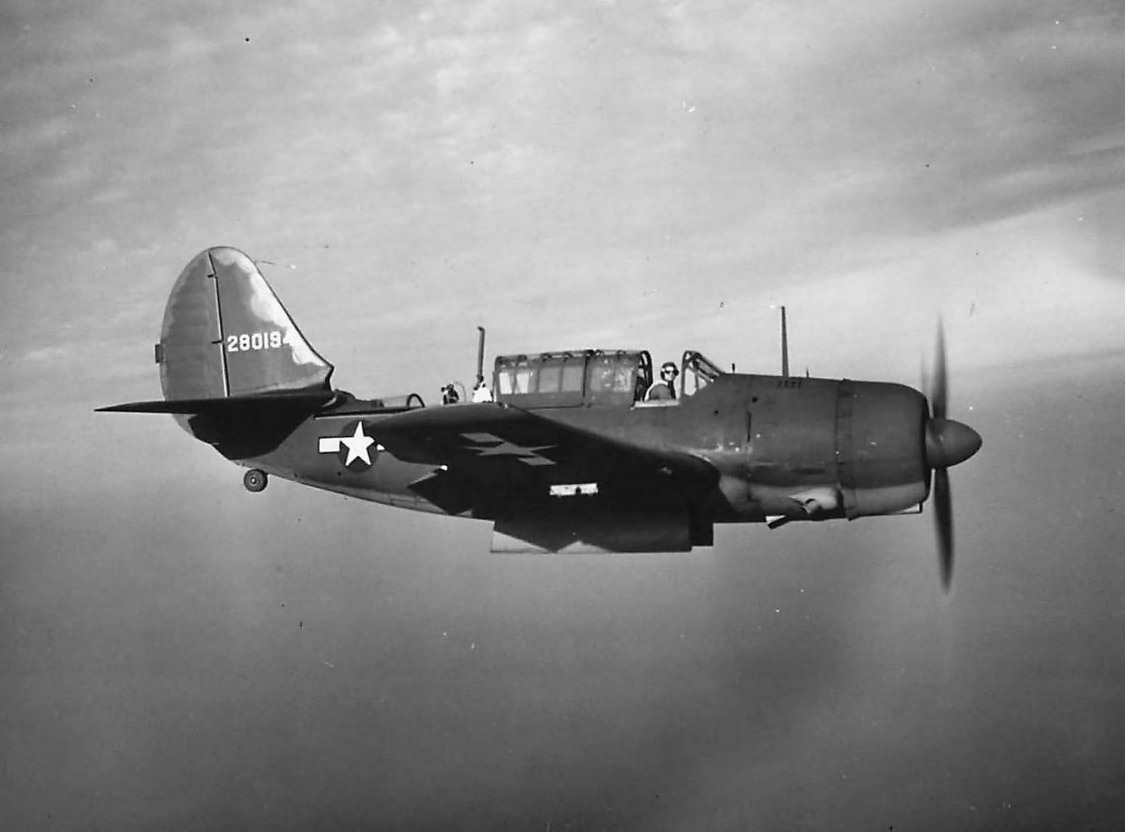The Helldiver faced numerous challenges, but its competitor for the US Navy contract, the Brewster SB2A, never saw active duty. While the SB2C proved successful in the Pacific theater, certain versions failed miserably, and non-US customers declined to deploy it during the war. In 1939-1940, the tactical potential of dive bombing was brought to the attention of the US Army Air Corps by the impressive performance of the Junkers Ju 87 ‘Stuka.’ The US Navy had long championed the advantages of dive bombing, and as the army had no dive-bomber prototypes of its own under development, it turned to those being developed for the navy. Thus, the AAC placed an order for 100 Helldivers at the end of 1940, designating the type as the A-25 Shrike. As Axis forces advanced in Europe, supported by the ubiquitous Ju 87, the AAC increased its order until Curtiss had 3,000 on its books by the time of the Japanese attack on Pearl Harbor. However, the Helldiver program was encountering difficulties by then, and the A-25 Shrike was not helped by the army’s requests for modifications, which were as numerous as those made by the navy. What was intended as a basic de-navalization of the SB2C had become a distinct type with its own set of specifications. The AAF had added armor plate, larger wheels, a different gunsight, and a tailwheel. Complications arose when RAAF requested 150 Shrikes under the Lend-Lease agreement, but with its own equipment specifications. Pre-production Shrikes proceeded slowly, as the navy had priority and the army was beginning to have second thoughts about the concept. Only the last of the nine initial series aircraft arrived for testing in March 1943.By then, the Army Air Forces (AAF), formerly the Army Air Corps, had concluded that dive bombers like the A-25 were outdated, and was pursuing fighter-bombers for the attack role. Consequently, none of the A-25s saw front-line service with the AAF. Australia persisted in its demand for the Shrikes, but politics interfered, and after ten were delivered, AAF Gen George Kenney halted further deliveries. Trials were hampered by a lack of spares, rendering them ineffective. Despite some test-flying taking place, the situation was already academic.
Curtiss A-25 Shrike 42-80194 with lowered bomb bay doors
Published at 1125 × 832 px.
Link to full-size photo:
Curtiss A-25 Shrike 42-80194 with lowered bomb bay doors
Site statistics:
Photos of World War II: over 26800
aircraft: 63 models
tanks: 59 models
vehicles: 59 models
guns: 3 models
units: 2
ships: 47
WW2 battlefields - 12
weapon models: -
equipment: -
